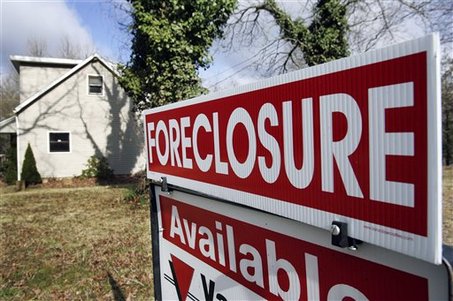In March 2009, the federal government introduced the Home Affordable Modification Program (HAMP), which assists homeowners by providing incentives to lenders which are willing to modify the terms of an existing primary or secondary mortgage and allow for lower monthly payments.
Qualifying homeowners whose mortgage lenders agree to participate in the HAMP program can benefit from lower monthly payments that result from a renegotiated lower interest rate as well as a 40 year repayment period.
Eligibility is limited to borrowers who are facing foreclosure on their primary residence, which was financed on or before January 1, 2009 and which has an unpaid principal balance of $729,750. The goal of the modification is to ensure that monthly mortgage payments do not exceed 31% of the borrower’s monthly income, so that any or all of the following steps may be considered when modifying the terms of the loan:
- Reduction of the interest rate to as little as 2%
- Extension of the loan term to 40 years
- Reducing the amount of the principal that must be repaid per month by deferring part of the principal repayment until the loan is paid off – in such cases, interest on the deferred part of the principal can be waived.
Once a homeowner qualifies and the monthly payments are modified, a trial period of three to four months is necessary to ensure that the new monthly payments are indeed kept current. After the successful conclusion of the trial period, the mortgage is permanently modified, and the new monthly payments and terms remain in force until the loan is paid off.
It should be noted that there is no fee to participate in this program, and that the Department of Housing and Urban Development (HUD) provides free loan counseling as a part of the HAMP program, and paying for any type of HAMP related consultation or advice is strongly discouraged. However, the final determination of whether or not a borrower is able to participate rests with the lender, which determines eligibility according to federally issued guidelines and formulas.
Lenders are granted incentives for each HAMP modification that they approve; however, they are under no obligation to approve any application and they do so only in cases where it is clear that the incentives make it worthwhile for them not to proceed with foreclosure. The decision of whether or not to approve a HAMP application takes into account not only the ability of the borrower to make the lowered payments on a regular basis, but also the lender’s own interests concerning the property.
In addition to lender incentives for participating in the program, a lender receives additional incentives for the first three years so long as the borrower makes timely monthly payments. The borrower also receives the same incentives of one thousand dollars per year in monthly installments for every mortgage payment made on time during a given year. Even if the borrower has been late on one or more payments, the incentive payments are made for the months in which the payments were made on time so long as the loan remains in good standing.
Separate programs for secondary mortgages, as well as specific programs for borrowers who become delinquent in their mortgage payments as a result of unemployment, are also available under the HAMP program. While the criteria for qualification are very strictly applied, and the lowered payments may still be too high for some borrowers, the HAMP program offers a viable method of staving off foreclosure for borrowers who are able to qualify and to maintain timely payments under this innovative federally guaranteed mortgage relief program.







